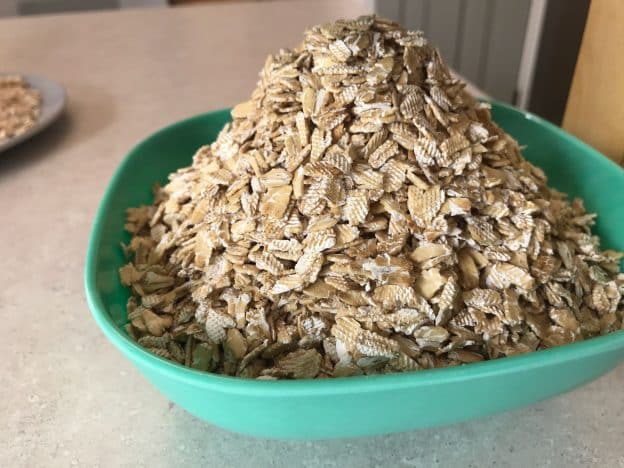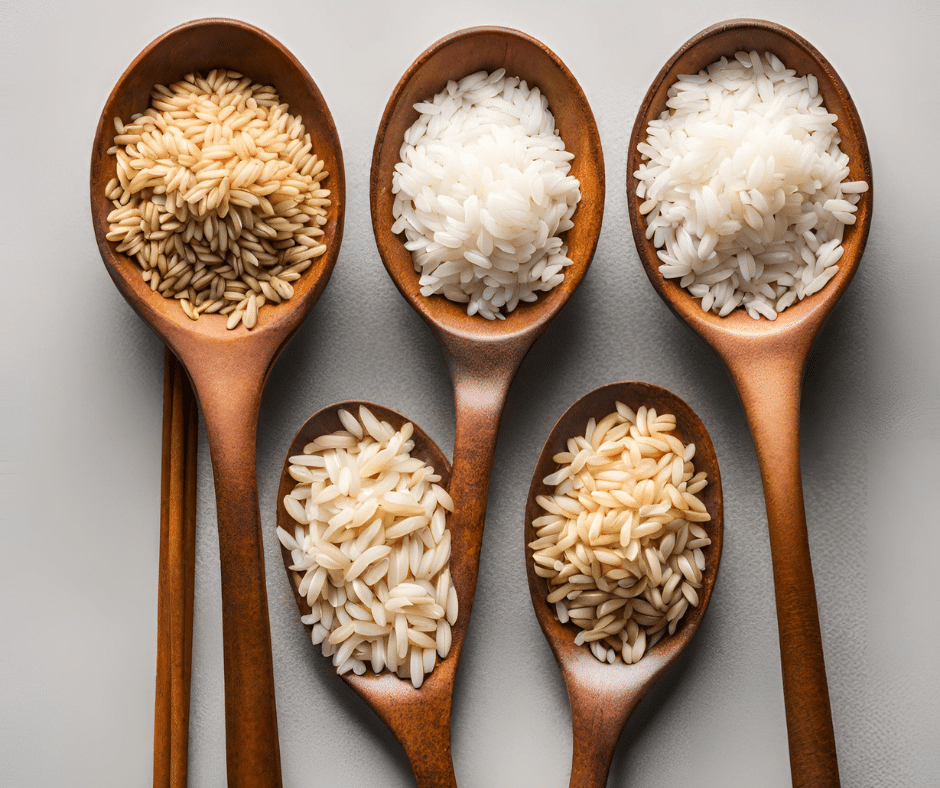How Long Will My Food Storage Last?
The shelf life of food storage items is always a concern. How often should you rotate each different food? We’ve created an infographic for quick reference. If you have any questions, please feel free to ask in the comments section below or on our Facebook page.
Wheat:
As long as it hasn’t been broken in any way, wheat will last virtually forever. However, it can die. What this means is that if it is sealed in an air-tight container (which is what we recommend) after 2-3 years it will use up all of its oxygen supply.
Just like any living thing. The germ, which is the center for nutrition, will then die leaving it useless except to fill your stomach. Nutritionally it is dead.
So, how do you get it to last for over 100 years? Simply give it oxygen every couple of years. Open the bucket you have it stored in and pour it out into another bucket and re-seal it. This is absolutely vital if you want to nourish your body with it rather than simply fill your stomach.
Oats:
Oats don’t last as long as wheat because of their high moisture content. But, just like wheat, they don’t last as long if they’ve been broken. This rule goes for all grains. This is the reason rolled and steel cut oats only last 6 months.
Remember that this is nutritionally speaking. They’ll still taste fine and be good to eat after 6 months, but they won’t be as nutritious. After 1 to 1 1/2 years, however, they’ll start to taste stale or like the package they’re stored in.
Rice:
We devoted an entire post to white rice versus brown rice and the best ways to store it for long term. Click here to learn about rice.
All Other Grains:
The same rules apply to all the other grains. Keep it whole and it will last longer.
Popcorn:
Popcorn is a little different. It will last virtually forever, but you will only be able to pop it for up to 30 years. This is because it relies on a certain amount of moisture in the endosperm to be able to pop. As popcorn ages it dries and eventually it will be too dry to pop. However, it can still be ground into flour or cornmeal.
Beans:
Beans are similar to popcorn. As in they dry up. The older they get, the drier they get, and the drier they get, the harder they get. After 3-5 years they will be too hard to cook. Keep in mind, though, that sometimes they can last up to 8 years.
To test your beans for dryness, soak them in water. If they don’t start to sprout after a few days, they’re too hard to cook. However, not all is lost at this point. You can still pressure can them and get another 5 or so years out of them. We dedicated a post to pressure canning beans that you can find here.
Powdered and Dried Goods:
These foods are best stored in #10 cans. Except for powdered milk, which is best stored in a plastic bucket for economical reasons. But not all #10 cans are created equal.
Your foods will last longer and taste better if they’re stored in lined #10 cans. This lining (which is invisible on the can, not a bag of sorts) keeps the metal from leeching into the food, thus preserving the flavor.
Yeast:
SAF Yeast, to be specific. The way it’s vacuum-sealed keeps it good for 10 years. The package gives an expiration date for 2 years out, but we actually had a customer who bought a case of 20.
Ten years later she told us that she was using her final package, which had lost some of its punch, but still worked fine when she added more to her bread recipe.
Chocolate:
Yes, we all need chocolate in our food storage. It’s a comfort food for most people. Comfort food is definitely necessary in difficult circumstances. It is best to store semi-sweet simply because it stores the best. It will last about 3 years, after which it will start to loose its color and go hard.
We hope this post has been helpful. If you have any other questions, again please ask in the comments section below or on our Facebook page. We love helping and answering your concerns.















